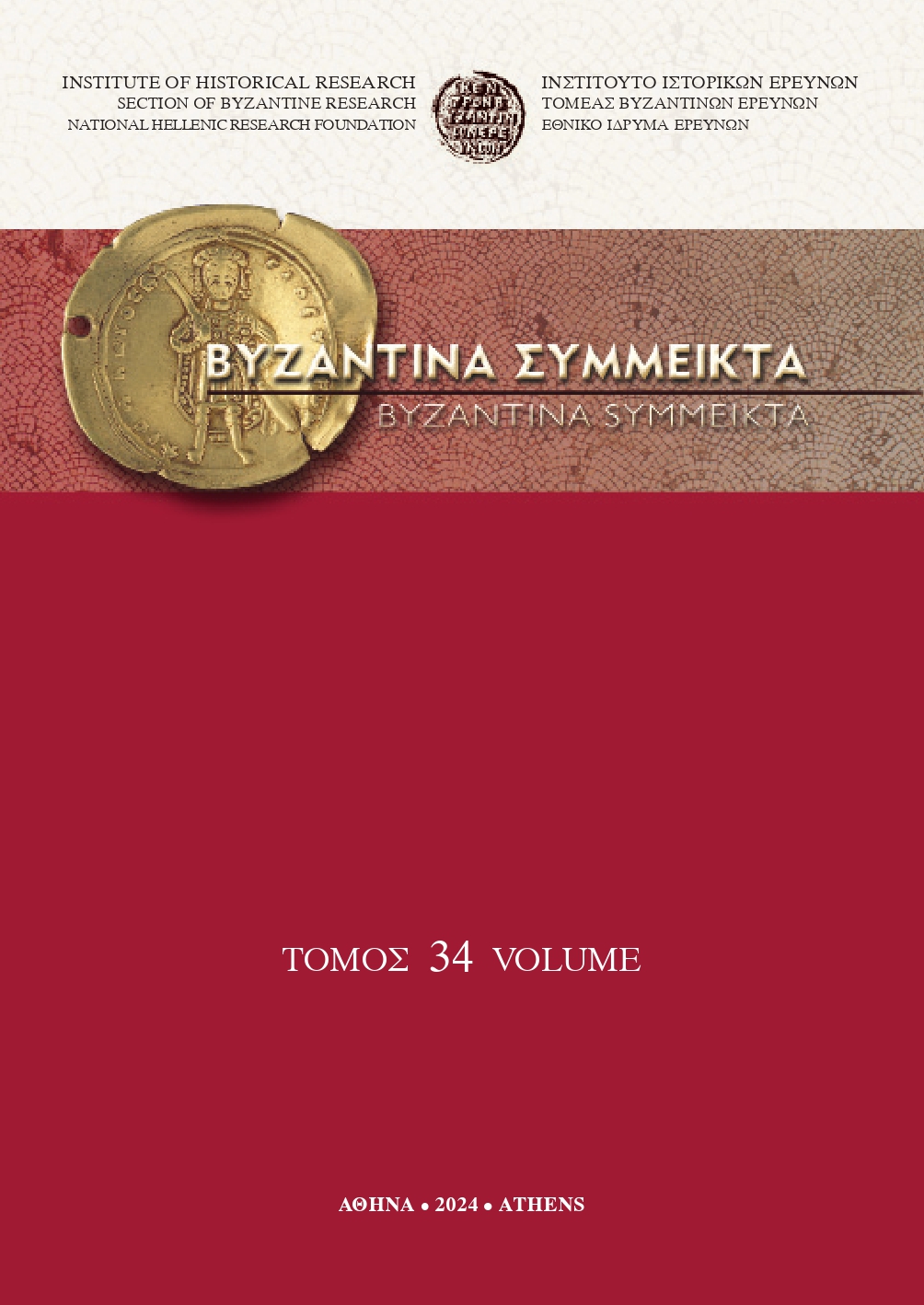Michael Attaleiates’ Ἀλβανοὶ and Λατῖνοι: the southern Italian rebels and the changing perception of the Normans in Byzantium

Abstract
This article revises the current interpretation regarding who were the Ἀλβανοὶ (Albans) and Λατῖνοι (Latins) mentioned in Michael Attaleiates’ History, written in the 11th century. While previous scholars identified these groups as Albanians and Normans, the article argues that Attaleiates uses both terms to generically drew a parallel between ancient groups appearing in Greco-Roman historiography and contemporary groups in the southern Italy during his time, like the Lombards. It also suggests that Normans (the "Franks from Italy") are sometimes referred to as Λατῖνοι in the work, particularly due to their association with the Lombard population of southern Italy, where they settled. For a more in-depth analysis, the article identifies two different contexts in which the term Λατῖνοι was used by Attaleiates: the first in association with the Ἀλβανοί (i. e., the Lombards), and the second in parallel with the Φράγγοι (Franks, i.e., the Normans). Through these reexaminations, the article provides new insights into the complex relationships between the medieval Roman Empire and its neighbors in the Italian Peninsula.
Article Details
- How to Cite
-
WELTE BERNARDO, G. (2024). Michael Attaleiates’ Ἀλβανοὶ and Λατῖνοι: the southern Italian rebels and the changing perception of the Normans in Byzantium . Byzantina Symmeikta, 34, 39–70. https://doi.org/10.12681/byzsym.33970
- Issue
- BYZANTINA SYMMEIKTA 34
- Section
- Articles

This work is licensed under a Creative Commons Attribution-NonCommercial-ShareAlike 4.0 International License.
Copyright: The copyright for articles in this journal is retained by the author(s), with first publication rights granted to the journal. By virtue of their appearance in this open access journal, articles are free to use (with the exception of the non-granted right to make derivative works) with proper attribution for non-commercial uses (licence Creative Commons 4.0). NHRF retains the worldwide right to reproduce, display, distribute, and use articles published in BYZANTINA SYMMEIKTA in all formats and media, either separately or as part of collective works for the full term of copyright. This includes but is not limited to the right to publish articles in an issue of the Journal, copy and distribute individual reprints of the articles, authorize reproduction of articles in their entirety in another NHRF publication, and authorize reproduction and distribution of articles or abstracts thereof by means of computerized retrieval systems.


